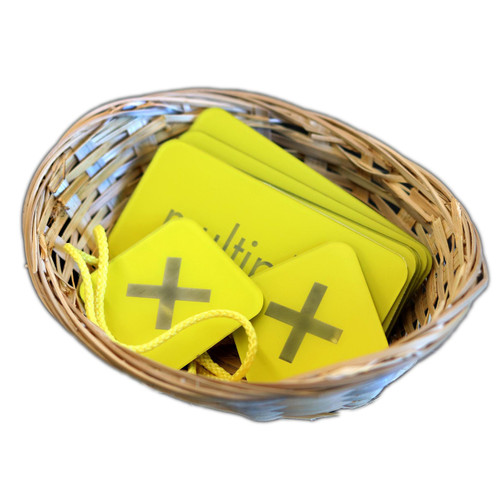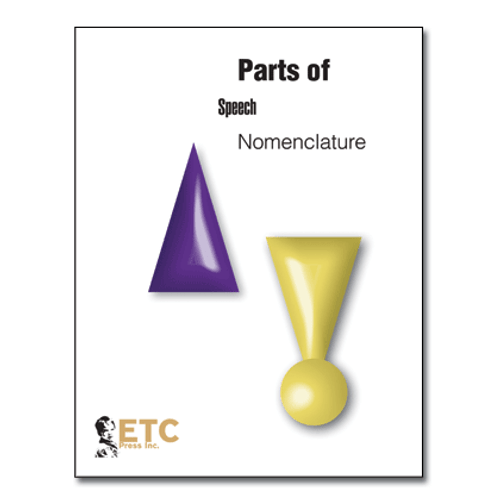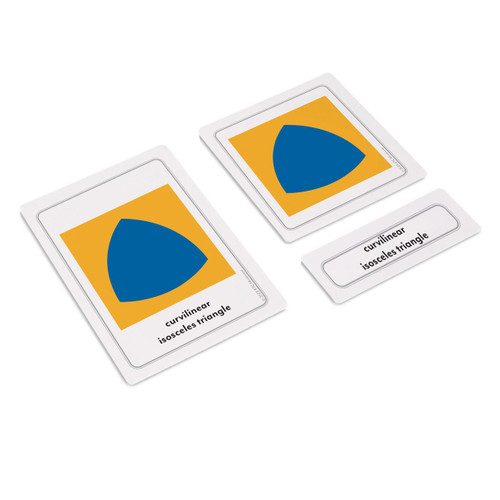The complete classified nomenclature for geography here is also the most complete set on the market. This set of materials includes the following:
- Over 700 three part nomenclature cards
- 30 control charts
- 25 booklets
This set of nomenclature cards covers everything your students will need to know as they progress through their geography skills. Beginning with the basic concept of "Earth" and moving systematically through the various concepts of air, land, and water formations, these cards are a must have for your classroom.
Designed so that they may be used for both levels 6-9 and 9-12.
The following is a list of the Control Charts:
GN-1 The Earth
LE-1 The Earth on Which we live
LE-2 The Earth on Which we live (continued)
IF-1 Islands
IF-2 Islands (continued)
CF-1 The Coast and its types
CF-2 The Coast and its types (continued)
LF-1 Types of Coastline Emergence
LF-2 Types of Coastline Emergence (Continued)
MF-1 Relief Formations
MF-2 Relief Formations – Parts of a Mountain
MF-3 Groupings of Mountains
MF-4 Parts of a Chain of Mountains
MF-5 Types of Chain Mountains and their parts
LH-1 Types of Plains
VF-1 Types of Valleys & Their Parts
VF-2 Types of Valleys & their Parts (continued)
HF-1 Parts of the Hydrosphere
GF-1 Basic Concepts of Glaciers
GF-2 Types of Glaciers
GF-3 Parts of Glaciers
GF-4 Types of Crevasses
GF-5 Moraine and types of moraine
RF-1 Water Courses
RF-2 Parts of a River
RF-3 Parts of the Course of a river
DF-1 Types of river mouth
DF-2 The River Basin & its parts
PF-1 Types of pooled water
PF-2 Types of lakes
Satisfies the following National Geography Standards:
- Essential Element I.3 How to analyze the spatial organization of people, places, and environments on Earth's surface.
- Essential Element II.4 The physical characteristics of places
- Essential Element II.5 People create regions to interpret Earth's complexity
- Essential Element II.6 How culture and experience influence people's perception of places and regions
- Essential Element III.7 The physical processes that shape the patterns of Earth's surface
- Essential Element IV.14 How human and natural actions modify the physical environment
- Essential Element VI.17 How to apply geography to interpret the past
- Essential Element VI.18 How to apply geography to interpret the present and plan for the future







